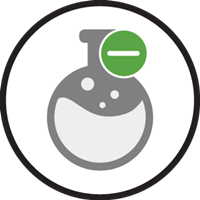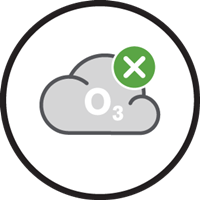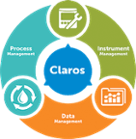Aquafine UV Applications in Food and Beverage
The flavor, color, odor, and shelf life of food and beverage products can be affected by microorganisms. UV treatment is highly effective at inactivating these microorganisms, and also only requires a fraction of the contact time required by other treatment methods.
UV technology has been successfully used in various food and beverage industries to treat incoming water, syrups, clean-in-place water, filter systems, waste water, and surface packaging. While the most common application for UV light in water is treatment, the technology can also be utilized in chlorine/chloramines reduction and ozone reduction.
UV treatment is suitable for diverse food and beverage industries as such:
- Bottled water
- Food packaging
- Carbonated and non-carbonated beverages
- Liquid sugar
- Dairy plants
- Meat and poultry processors

UV Treatment

Chlorine & Chloramines
Reduction

Ozone Reduction
Typical UV Beverage Installation
UV has conventionally been used to treat water that is clear and fresh, but it can also be used to effectively treat not-so-clear water streams, provided the UV equipment is sized appropriately to account for the difference in water quality.
Aquafine UV systems are also used to treat any product water used as an ingredient in food or beverage products. Bottled water and product water for concentrates, soft drinks, tea and beer are commonly treated with Aquafine UV systems.

Click Here to Watch our Webinar On-demand: UV Disinfection in Food and Beverage: Process Water Applications





 Recurring Orders
Recurring Orders 


